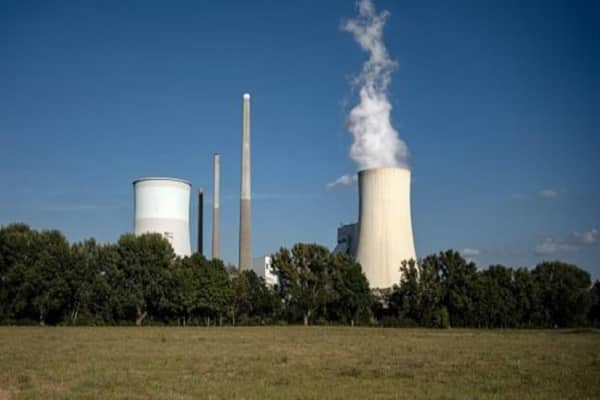The United States has announced its readiness to provide Poland with a loan of up to $4 billion to support the country's ambitious nuclear energy plan. The loan, which is expected to be guaranteed by the US government, is part of the broader effort to support the transition of Poland's energy sector from coal-based to a cleaner and more sustainable mix of sources.
Poland's Nuclear Energy Plan
Poland has long relied on coal as the primary source of energy, but this has become increasingly untenable in the face of the country's growing energy needs and the need to reduce carbon emissions. To address these challenges, the Polish government has developed a nuclear energy plan that aims to build up to six nuclear power plants by 2040, with a total capacity of up to 9 GW.
The plan, which was approved in 2020, envisions the construction of the first nuclear plant by 2033 and subsequent plants every two to three years after that. The government estimates that the total cost of the project could range from $40 to $60 billion, with a significant portion expected to come from foreign investors and lenders.
US Support for Poland's Nuclear Energy Plan
The US has been a strong supporter of Poland's efforts to develop its nuclear energy sector, which is seen as an important component of the country's energy security and a way to reduce its reliance on Russian gas. The US has been working closely with Poland to provide technical expertise and support for the development of the necessary regulatory and legal frameworks.
The $4 billion loan is the latest sign of the US commitment to supporting Poland's nuclear energy plan. The loan is expected to be provided by the US International Development Finance Corporation (DFC), which is a US government agency that provides loans and guarantees to support private sector investments in developing countries.
The loan will be used to support the development of the first nuclear power plant in Poland, which is expected to cost around $10 billion. The plant will have a capacity of around 1-1.5 GW and is expected to be operational by 2033.
The loan will be provided on commercial terms, with the DFC expecting to earn a return on its investment. However, the loan is also expected to be backed by a US government guarantee, which will help to reduce the risk for private sector investors and lenders.
Benefits of Nuclear Energy for Poland
Nuclear energy is seen as a key part of Poland's transition to a more sustainable energy mix. The country's reliance on coal has not only contributed to high levels of greenhouse gas emissions but has also been associated with high levels of air pollution.
Nuclear energy, on the other hand, is a low-carbon energy source that produces no greenhouse gas emissions during operation. It is also a reliable and cost-effective source of electricity, which can help to reduce Poland's reliance on Russian gas and improve the country's energy security.
In addition to these benefits, the development of Poland's nuclear energy sector is expected to create significant economic opportunities, both in terms of job creation and investment. The construction and operation of nuclear power plants require a highly skilled workforce, which can help to boost the country's human capital.
Furthermore, the development of a nuclear energy sector can also help to attract foreign investment and expertise, which can help to promote innovation and technological development in the country.
Challenges and Risks
While the development of Poland's nuclear energy sector offers many potential benefits, it also presents a range of challenges and risks. One of the key challenges is the high cost of nuclear power, which can make it difficult to attract private sector investment and financing.
In addition, nuclear power plants are complex and require significant technical expertise to operate safely and effectively. This means that Poland will need to invest in the necessary regulatory and legal frameworks.
-black.png)










